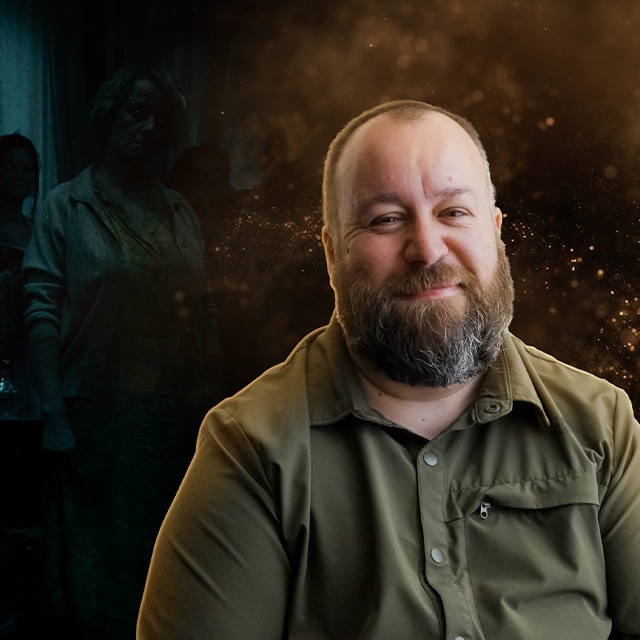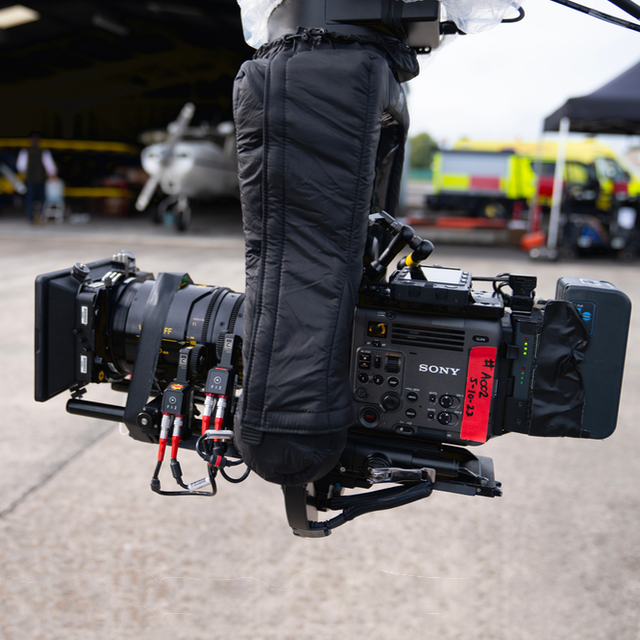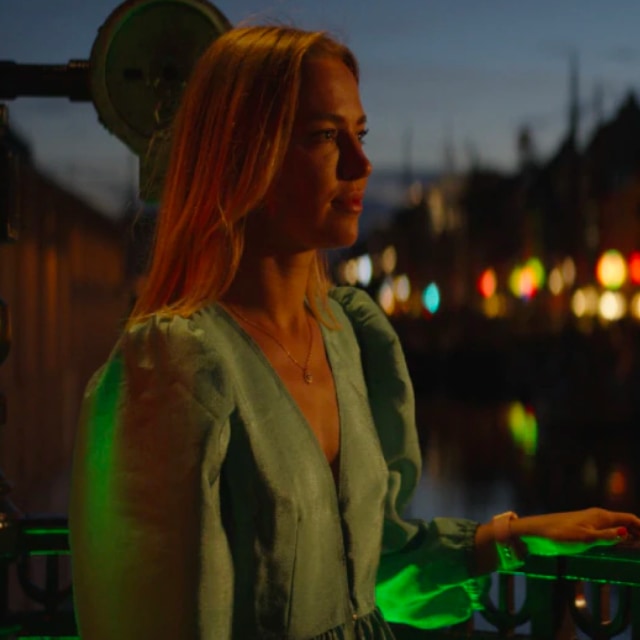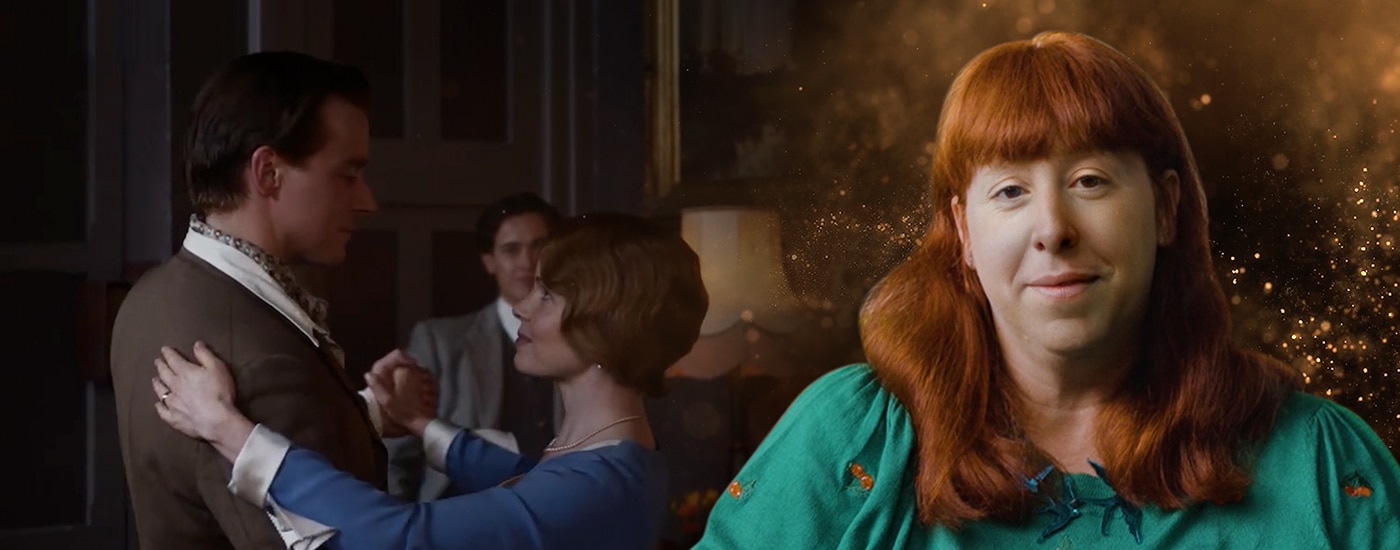
Scene Deconstruction with Nicola Daley, BSC ACS
Introduction
Benediction, directed by Terence Davies is a critically acclaimed film about Siegfried Sassoon, a famous English poet and writer who was awarded a Military Cross during WWI while serving on the Western Front. His poetry brought home the horrors of trench warfare and Benediction follows a large part of his life from 1915 to the 1950’s. It stars both Jack Lowden and Peter Capaldi, each actor portraying different periods in his life. Nicola Daley BSC, ACS won a Best Cinematography Award for Benediction and in this deconstruction she reveals some her techniques that brought an amazing story to life.
Nicola chose VENICE because of a previous project where she had fallen in love with its colour science, the colourspace and skin tone rendition. After reading Benediction’s script and seeing how the story would be told by faces, emotions, and portraiture she knew that VENICE would be the right camera for the film.
Scene Deconstruction: Key Insights
- A computer-controlled motion control rig allows a camera move to be repeated with immense accuracy over and over – allowing different takes to be seamlessly blended together.
- Changes in the colour temperature of the lighting can be used to enhance the sense of travelling through time or to exaggerate a change of emotion, with warm being happy and cool being sad.
- Holding a shot for longer can emphasise the poignancy of a moment.
Church Scene
This was an important moment in the film as it’s the first time we see the older version of Sassoon played by Peter Capaldi. Director Terence Davies wanted a smooth, flowing, and very subtle morphing transition between Lowden and Capaldi with the camera arcing around the actors through 180 degrees. Nicola realised that to do this seamlessly she would need to use a motion control rig to deliver consistent moving shots of both actors. To further assist with making the transition seamless, the actors’ costumes were kept very similar. As it would take some time to complete both shots consistent lighting would be needed.

Nicola realised that lighting a space as large as an abbey for a 180-degree camera move would be a challenge but she was able to use the many columns in the building to hide a large number SkyPanel lights. Each SkyPanel was diffused using 216 gel and flags were also used to control any hotspots. To provide a consistent look of daylight coming through the windows at the back of the abbey, an 18K on a cherry picker was place outside. Nicola says it took quite a while to prep for this shot, but she feels it was worth it as the shot is held for a long time within the film.
Craiglockhart Scene
This part of the film is about the time that Sassoon spends at Craiglockhart, a psychiatric hospital for the treatment of shell-shocked officers. This is where he meets poet Wilfred Owen who soon becomes an important part of Sassoon’s life. Terence really wanted to see the actors’ body language in this scene.
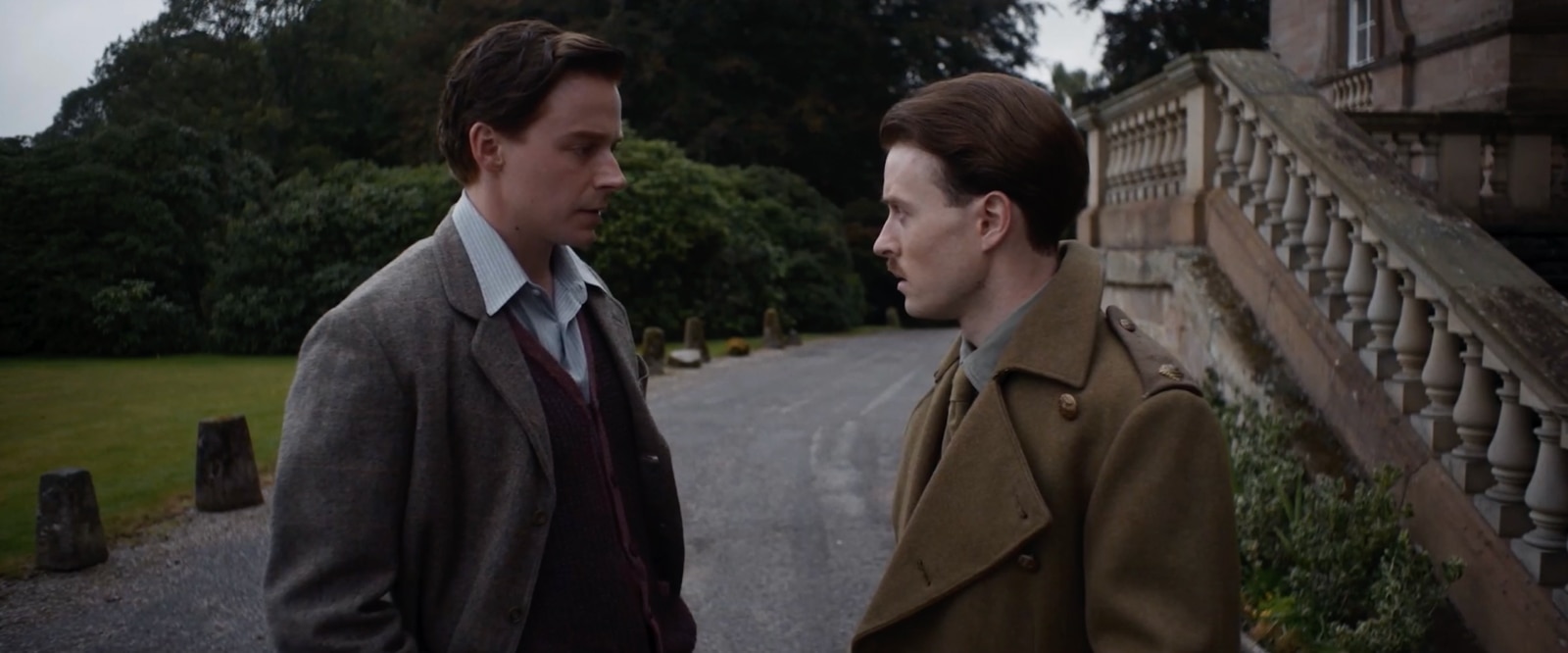
At the end of the scene there is a single long take: the camera follows the actors out of the hospital, down a flight of stairs and then the camera stays on them as they say goodbye before cutting to a reverse shot of Owen getting into a taxi and driving away. This is the last time they will see each other as Owen is killed when he returns to the war. Nicola feels that the length of this shot was important to emphasise the poignancy of the moment.
There are also many shots in a doctor’s office within the hospital. To portray a sense of time passing Nicola varied the lighting in the office. On the doctor’s side of the office, the space is a little darker. She used practical lights fitted with tungsten bulbs to provide an authentic feel. For Sassoon’s side of the office, she placed an 18K lamp outside the window, positioned so that window frame would cast a gobo like shadow on the office’s back wall.

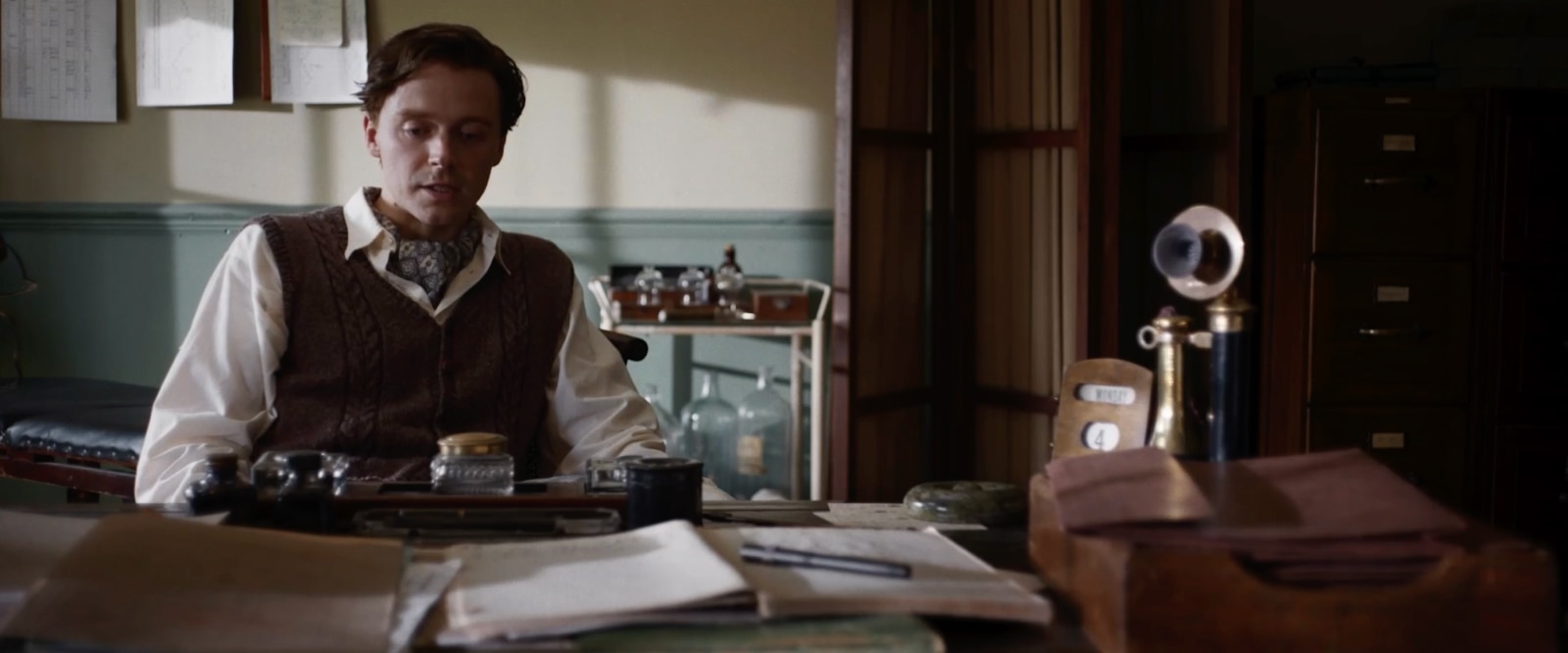
We shot a lot of the film on 35, 40mm lenses, Terence really likes a mid-shot and he likes the camera to be sort of in front and then the direct reverse, that’s sort of his aesthetic and how he sees the world.
Nicola Daley
BSC ACS
Christening Scene
Sassoon and his wife have a christening reception for their baby and as they dance, Sassoon
enters a memory sequence where we see all of the loves of his life. As a gay man, many of those relationships were with other men, but he had chosen to conform to the norms of the time and married a woman. Terence wanted to explore the way people remember things and how daily life can impact what and how we remember. To create the illusion of passing through Sassoon’s memories and keep with the poetic nature of both the characters and the film, Terence and the film’s editor used a lot of cross dissolves. The sequence starts with a Steadicam shot of the couple dancing and as the camera moves around the actors and then tracks in and past them a large mirror starts to fill the background of the shot.
“This was a really interesting sequence,” Nicola says, “because it’s melding Terence’s aesthetic and poetic nature with visual effects.”
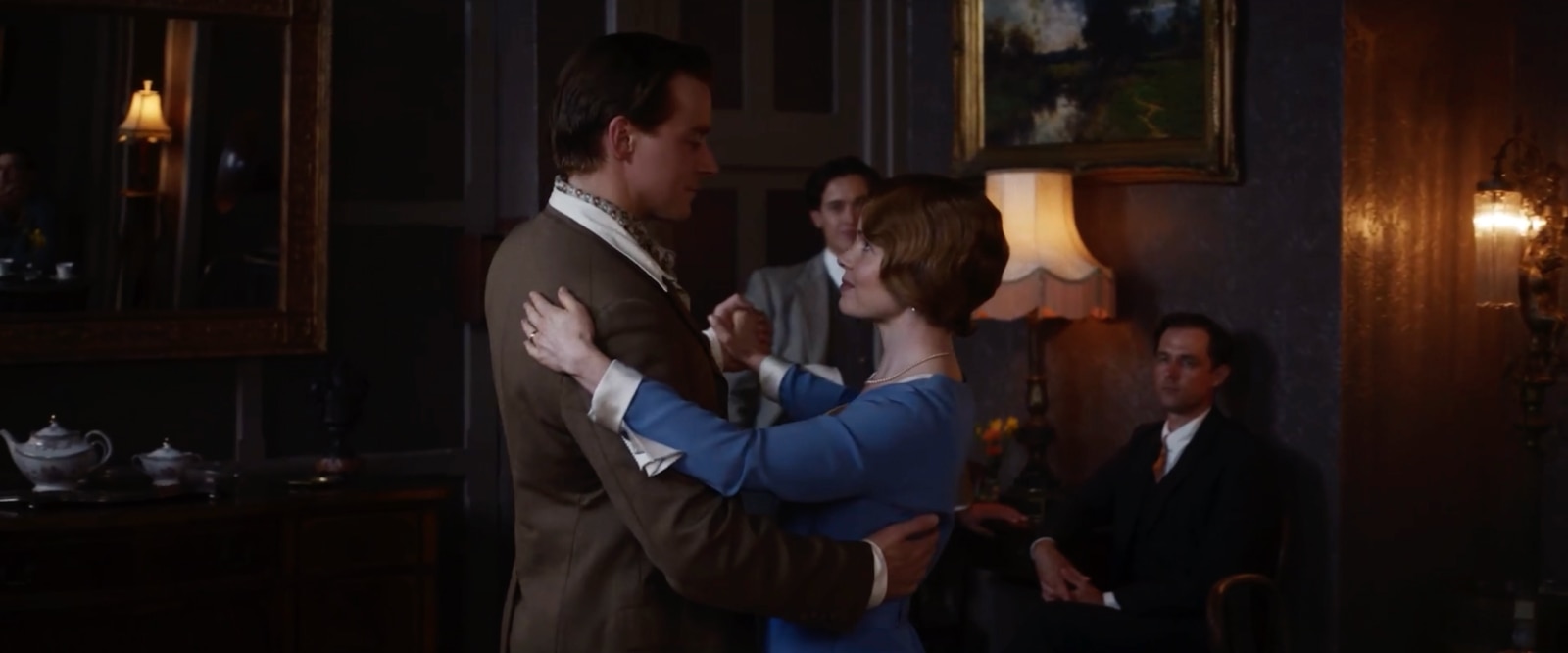
In post-production the reflection of the Steadicam was removed from the mirror and replaced with images of Sassoon dancing with his other partners. Nicola shot the mirror world dancing shots in a makeshift greenscreen studio using a single track and dolly. This allowed her to repeat the same camera move as Siegfried danced with each person.
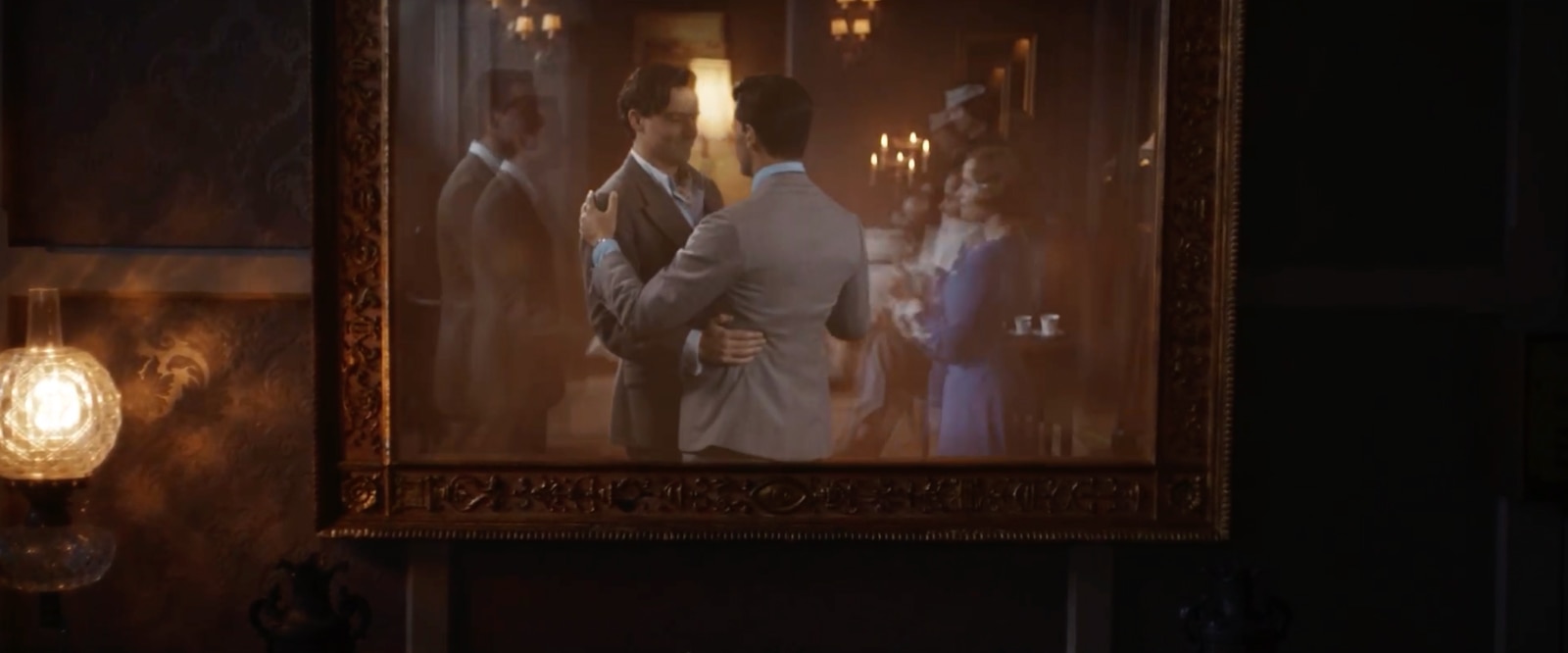
In another shot we see Sassoon looking out of one side of a window while we see portraits of people he remembers superimposed over the other half of the window. For this sequence, the portrait images were filmed in the locations and with the lighting used when these characters were first encountered in the film.

For the mirror sequence, Nicola carefully adjusted the lighting for each partner by changing the lighting colour temperature gels so that as we see the character’s age, the lighting becomes cooler finishing on a very cool looking shot of the older version of Sassoon played by Peter Capaldi. The coolness of the final shot helps to enhance the sense of sadness that comes from Sassoon not being happy in his own skin.
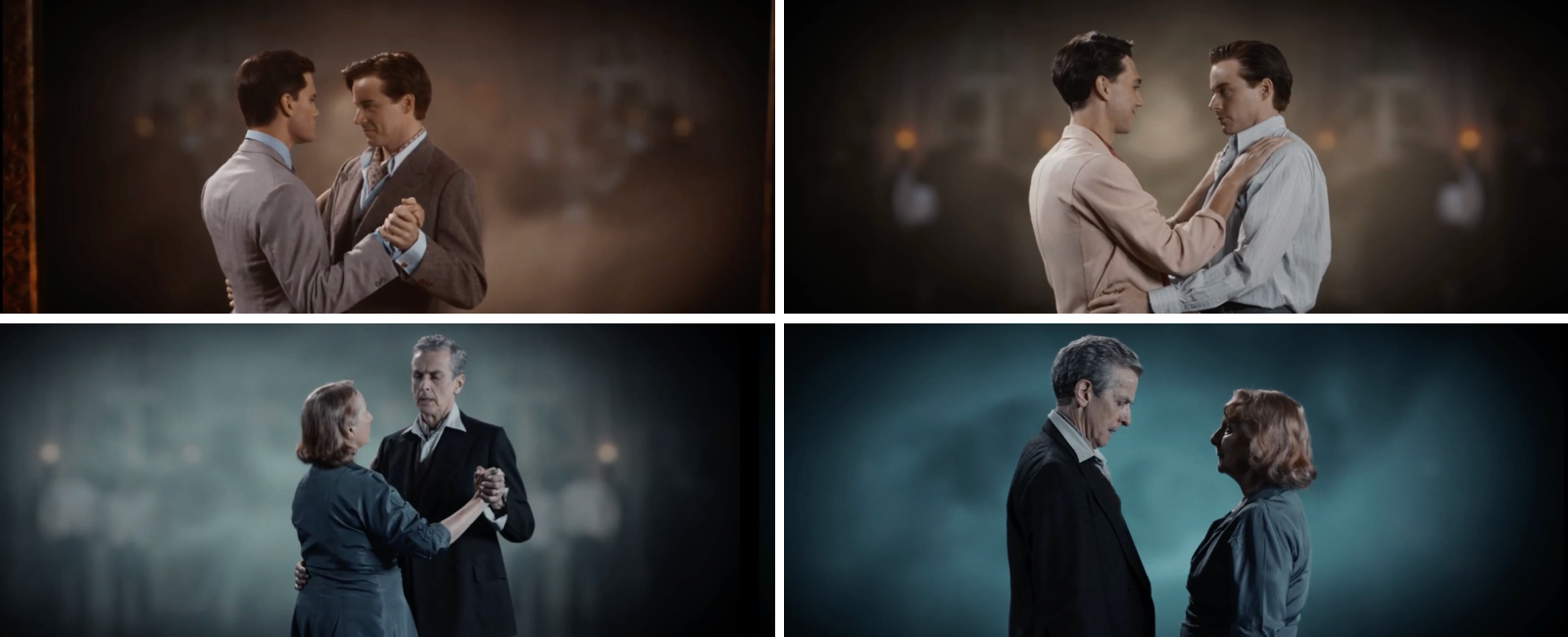
The Bench Scene
Benediction ends with a scene where at first, we see the older Sassoon sitting on a bench at dusk before smoothly morphing into the younger Sassoon as we hear Wilfred Owen’s poem Over The Top while the camera slowly pushes in. Nicola used nothing other than polyboards to reflect some of the ambient light and made use of VENICE’s upper base ISO of 2500.
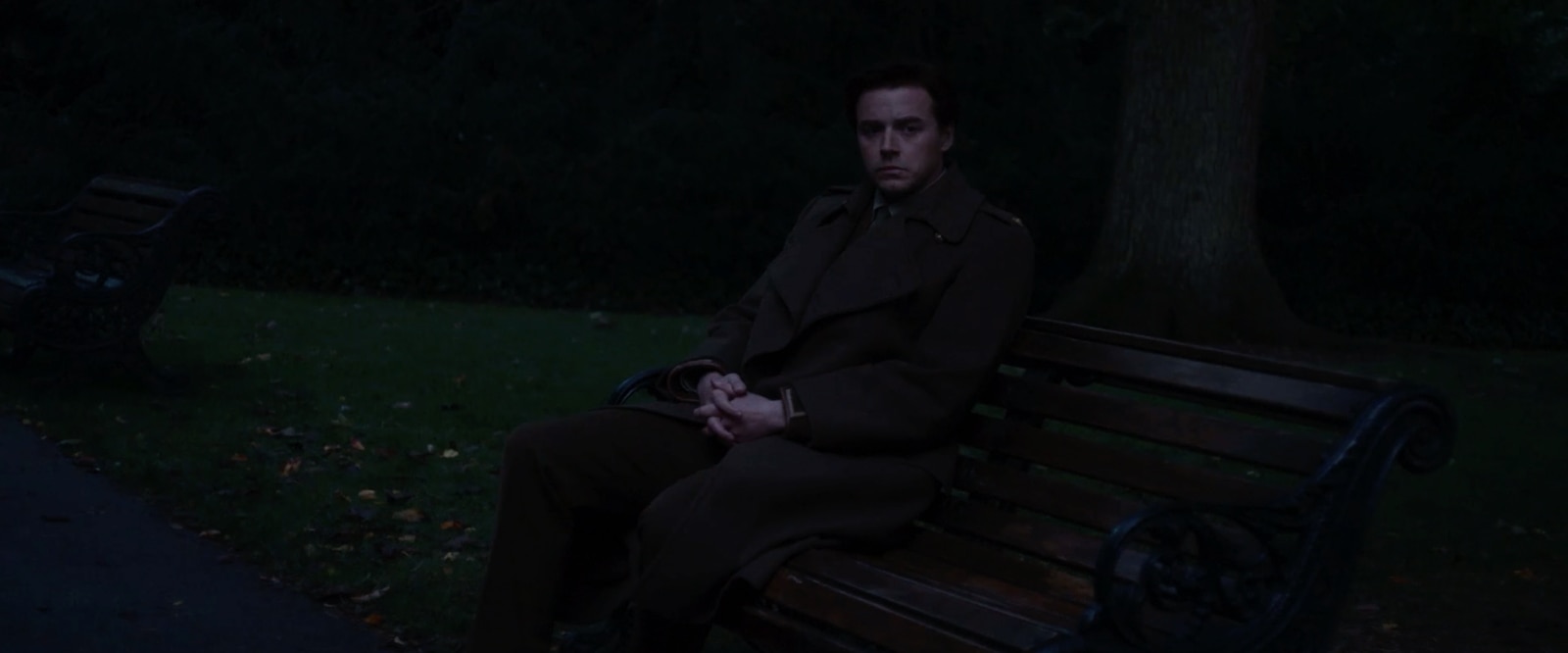
“We had one shot at it, Nicola says. “And you can actually see the light dying in the shot, which I absolutely love and I don’t think I’ve ever seen that in a film where the shot has been held that long that you can actually see the light dying… … it came up beautifully and that’s a testament to the VENICE”.

